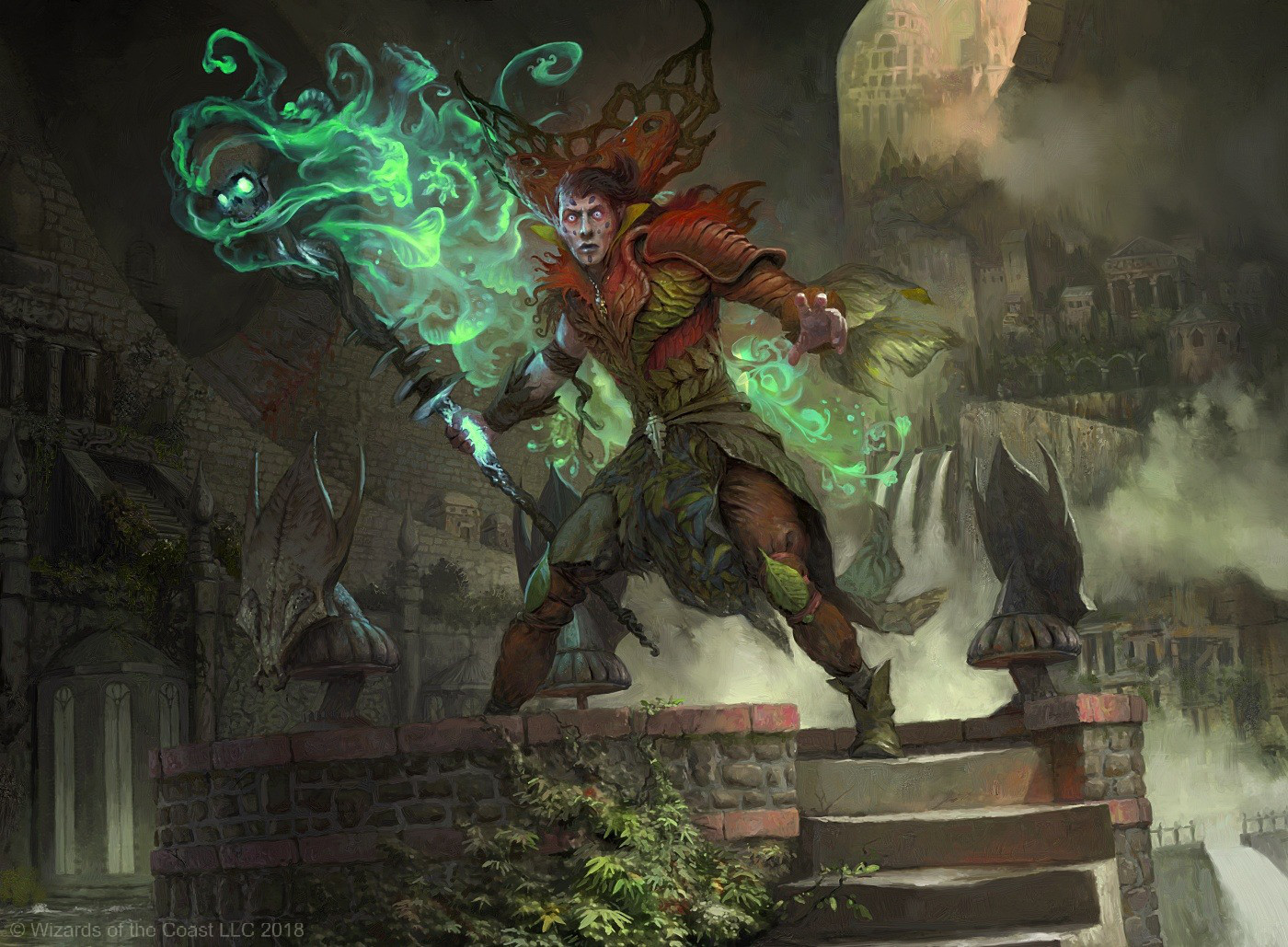

Tournament ID – The tournament ID, or simply ID, of the tournament will be important in case you encounter a bug during the game or the client crashes without a fault from your side. The tournament center will provide the following information for each tournament (see screenshots below):ġ. When you enter the tournament center as described, you will see a huge amount of tournaments that are currently in progress or waiting for players. In an MTGO Booster Draft you will enter the tournament via the home screen or the menu/play/tournaments/Limited Queues and play a maximum of three rounds to determine the winner of the tournament. You might, however, win additional booster packs depending on your result and the type of Booster Draft you have entered. All cards that you have drafted will remain yours when the tournament ends, regardless of the outcome of the matches. Why it is still recommended to stay as close as possible to the minimum we will discuss later.Īll cards you are not using in your deck become your sideboard, and you are allowed to exchange cards between your sideboard and deck between the games of a match, but you have to start each new match with your initial configuration. Your deck has to have a minimum size of 40 cards total, including lands but has no upper limit. When you have finished the draft portion, you will use those 45 cards in your pool to build the best possible deck, with which you will then play against the other players to determine the tournament winner. See this video for a live coverage of a top draft tournament (Pro Tour Nagoya): Please note that you will be able to add as many basic lands as you like to the pool, so you don’t need to worry drafting them at all! MTGO will do that automatically and limit the time you can take before it automatically picks a random card for you when your time runs out (without a choice from your side). He will also limit the time that each player may take for his choice. During live events a judge will make sure that all players stay in sync, and that no one is cheating cards into their stacks. The third and last pack is again handed to the left until all players have 45 cards in front of them (3x 15 cards). Now you open the second booster and repeat the process but you hand the cards to your right neighbor this time. This repeats until all fifteen cards have been distributed this way. This means you are going to receive the leftover of your right neighbor’s booster, from which you will again pick one card to add to your pool and hand the rest to your left neighbor. Now everyone opens the first booster, flips through all the cards in the pack, picks one and only one of the cards, puts it face down in front of him, and hands the rest of the cards to the left neighbor.

This boosters have to be from a specific set or block, and each player has the same boosters. In a Booster Draft players, (usually eight) sit around a table, and each of them has three sealed Booster Packs in front of them. I will provide screen shots where useful and show you what the various buttons and stats mean that you will find during the drafting.īut enough introduction, let’s jump right in!
#Mtg quick draft rewards how to
This piece is aimed at beginners who want to learn how the format works and how to avoid the common pitfalls. You will learn how the format works, what you have to take into account before you jump into the tournament queues, and how to deal with various issues that can arise during drafting and the games. In this tutorial we will examine one of the most popular Magic: The Gathering formats – Drafting.


 0 kommentar(er)
0 kommentar(er)
